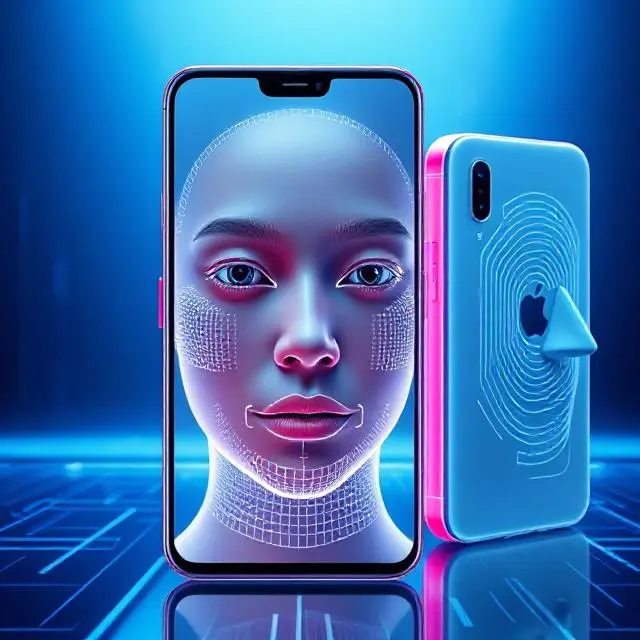Under-Display 3D Face Recognition: Will Chinese Android Makers Beat Apple’s Face ID?
Under-display 3D face recognition is emerging as a breakthrough in smartphone innovation, especially among Chinese Android manufacturers like Honor and ZTE. These brands are exploring ways to integrate invisible selfie cameras with advanced 3D facial recognition systems—technology currently dominated by Apple’s Face ID. According to reports from GSMArena and tipster Digital Chat Station, brands are testing structured light modules beneath the display to create a seamless front design without compromising biometric security. This move could mark a shift in how Android phones balance security, aesthetics, and user experience in the future.
Under-Display 3D Face Recognition

What Is Under-Display 3D Face Recognition?
Under-display 3D face recognition combines invisible selfie cameras with biometric scanning tech like structured light or Time-of-Flight (ToF) sensors. Unlike traditional punch-hole or notch cameras, this system hides beneath the screen, offering a full-screen design without sacrificing facial authentication.
How Does It Compare to Apple’s Face ID?
Apple’s Face ID uses a TrueDepth camera system with structured light to map facial features accurately and securely. Chinese Android makers are now testing similar tech but with the added challenge of placing it under the display. The goal? To match or surpass Face ID’s security while maintaining an edge-to-edge screen design.
Which Android Brands Are Leading This Innovation?
Tipster Digital Chat Station reveals that brands like Honor, ZTE (nubia Z70S Ultra), and others are already in the testing phase. These companies aim to introduce Android phones that feature under-display selfie cameras with 3D face recognition, possibly launching as early as late 2025.
Why 3D Face Recognition Matters for Android Phones
3D facial recognition is far more secure than 2D face unlock. It allows for high-level biometric authentication, ideal for mobile payments, app locks, and unlocking in dark environments. Integrating this under the display provides not just security but also design freedom.
6. Benefits of Under-Display 3D Face Recognition
True Full-Screen Experience: Eliminates the need for notches or punch-hole cameras.
Enhanced Privacy & Security: Uses 3D mapping for more accurate facial authentication.
Advanced Biometric Authentication: Ideal for mobile banking and secure app access.
Competitive Edge for Android Brands: Levels the playing field against Apple’s Face ID.
Improved Night-Time Accuracy: Structured light sensors work even in low light.
A very important AI feature
ChatGPT studies together is a game-changer for online learning.
FAQs
Q1: What is under-display 3D face recognition in smartphones?
A: It’s a technology that hides the selfie camera beneath the screen while using 3D sensors to scan your face securely, just like Apple’s Face ID.
Q2: Are Chinese Android brands using Face ID-like technology?
A: Yes, brands like Honor and ZTE are testing 3D face recognition with under-display modules to compete with Apple.
Q3: Is under-display facial recognition secure?
A: Yes, especially when using 3D structured light. It offers strong biometric security for unlocking and payments.
Q4: When will under-display 3D face recognition phones launch?
A: Some Android phones with this feature may launch by late 2025, according to industry leaks.
Q5: How is it different from regular Face Unlock?
A: Regular Face Unlock often uses 2D images and can be fooled. 3D systems use depth mapping and are more secure.
